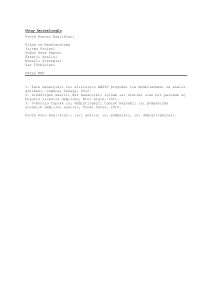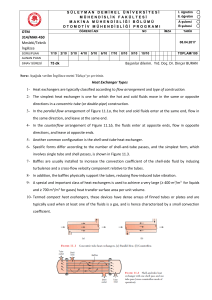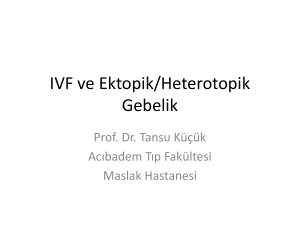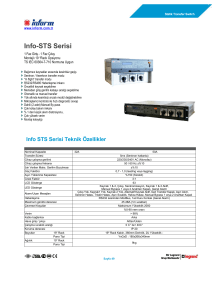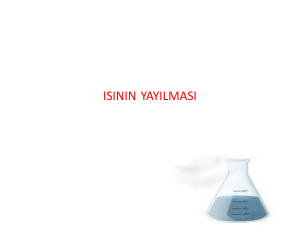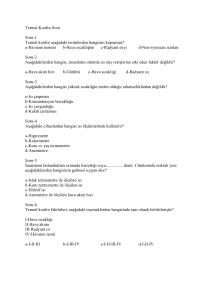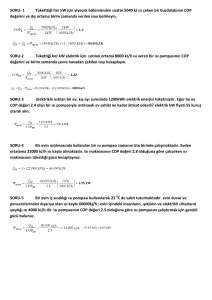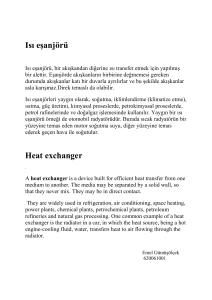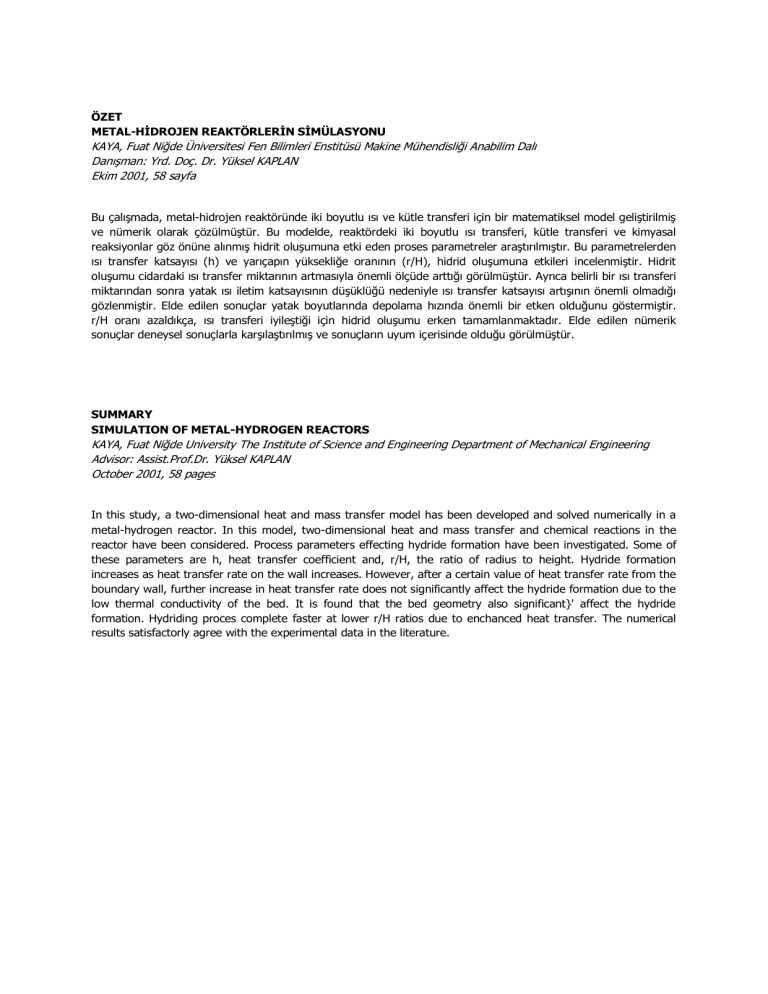
ÖZET
METAL-HİDROJEN REAKTÖRLERİN SİMÜLASYONU
KAYA, Fuat Niğde Üniversitesi Fen Bilimleri Enstitüsü Makine Mühendisliği Anabilim Dalı
Danışman: Yrd. Doç. Dr. Yüksel KAPLAN
Ekim 2001, 58 sayfa
Bu çalışmada, metal-hidrojen reaktöründe iki boyutlu ısı ve kütle transferi için bir matematiksel model geliştirilmiş
ve nümerik olarak çözülmüştür. Bu modelde, reaktördeki iki boyutlu ısı transferi, kütle transferi ve kimyasal
reaksiyonlar göz önüne alınmış hidrit oluşumuna etki eden proses parametreler araştırılmıştır. Bu parametrelerden
ısı transfer katsayısı (h) ve yarıçapın yüksekliğe oranının (r/H), hidrid oluşumuna etkileri incelenmiştir. Hidrit
oluşumu cidardaki ısı transfer miktarının artmasıyla önemli ölçüde arttığı görülmüştür. Ayrıca belirli bir ısı transferi
miktarından sonra yatak ısı iletim katsayısının düşüklüğü nedeniyle ısı transfer katsayısı artışının önemli olmadığı
gözlenmiştir. Elde edilen sonuçlar yatak boyutlarında depolama hızında önemli bir etken olduğunu göstermiştir.
r/H oranı azaldıkça, ısı transferi iyileştiği için hidrid oluşumu erken tamamlanmaktadır. Elde edilen nümerik
sonuçlar deneysel sonuçlarla karşılaştırılmış ve sonuçların uyum içerisinde olduğu görülmüştür.
SUMMARY
SIMULATION OF METAL-HYDROGEN REACTORS
KAYA, Fuat Niğde University The Institute of Science and Engineering Department of Mechanical Engineering
Advisor: Assist.Prof.Dr. Yüksel KAPLAN
October 2001, 58 pages
In this study, a two-dimensional heat and mass transfer model has been developed and solved numerically in a
metal-hydrogen reactor. In this model, two-dimensional heat and mass transfer and chemical reactions in the
reactor have been considered. Process parameters effecting hydride formation have been investigated. Some of
these parameters are h, heat transfer coefficient and, r/H, the ratio of radius to height. Hydride formation
increases as heat transfer rate on the wall increases. However, after a certain value of heat transfer rate from the
boundary wall, further increase in heat transfer rate does not significantly affect the hydride formation due to the
low thermal conductivity of the bed. It is found that the bed geometry also significant}' affect the hydride
formation. Hydriding proces complete faster at lower r/H ratios due to enchanced heat transfer. The numerical
results satisfactorly agree with the experimental data in the literature.


